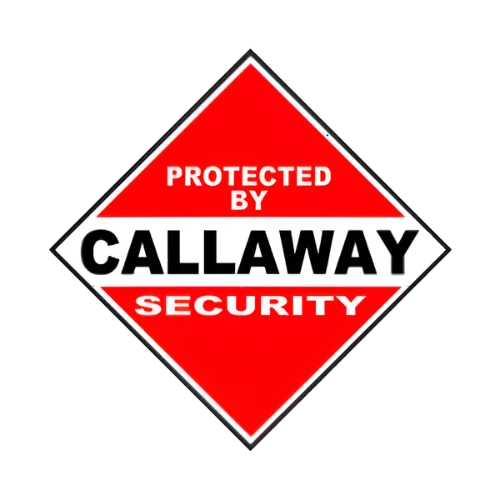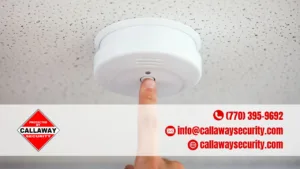The cost of video surveillance varies widely based on factors such as the type of system, number of cameras, storage needs, and installation requirements. A basic home security setup costs between $593 and $2,040, while a more advanced system with multiple cameras and cloud storage can exceed $4,000. Business security systems range from $1,600 for DIY kits to over $100,000 for enterprise-grade solutions.
Video surveillance is no longer just for businesses or high-security areas. Homeowners and small business owners now rely on security cameras to monitor their properties, deter intruders, and collect evidence. But how much does it really cost? The price depends on factors like the number of cameras, wired vs. wireless installation, storage options, and ongoing subscription fees. Let’s break down the costs to help you make an informed decision.
Key Takeaways:
- Basic home security systems cost between $593 and $2,040, with professional installation averaging $1,297.
- Per-camera cost ranges from $100 to $200, with installation adding another $100 to $200 per camera.
- Cloud-based surveillance systems have higher upfront costs ($3,450–$4,200) and ongoing storage fees of $10–$15 per camera per month.
- Traditional CCTV systems have higher equipment costs but no monthly fees.
- Business security systems can start at $1,600 for DIY kits, but professional systems cost between $5,000 and $75,000.
- Factors affecting cost include camera type, wired vs. wireless setup, and storage needs.

Home Security System Costs
Basic Setup
- Price Range: $593 – $2,040
- Average Cost: $1,297
- Components: Cameras, sensors, alarms, monitoring services (optional)
- Installation Cost: $100 – $200 per camera
Whole-Home Systems
- Price Range: $208 – $1,090
- Features: Smart home integration, motion sensors, alarm systems
Cloud-Based Security Systems
Initial Costs
- Camera Cost: $150+ per camera
- Installation Fees: $100 – $200 per camera
- Additional Equipment: Proprietary network equipment ($800 – $1,200)
Ongoing Fees
- Monthly Subscription: $10 – $15 per camera
- Annual Cost for 5 Cameras: $1,200+
- Total First-Year Cost for 5 Cameras: $3,450 – $4,200
Traditional CCTV Systems
Equipment Costs
- Camera Cost: $100 – $1,000 per camera
- DVR/NVR System: $500 – $1,500
- No Monthly Storage Fees unless using cloud backup
Installation Fees
- Labor Cost: $100 – $200 per camera
- Total Cost for a Basic System: $1,000 – $5,000
Business Security System Costs
Small Businesses
- DIY Kits: $1,600+
- Professional Systems: $5,000 – $7,000 (Cisco Meraki, etc.)
Enterprise-Grade Systems
- High-End Solutions: $75,000+
- Additional Costs: Network upgrades, integration fees
- Large Facility Installation: $500 – $10,000+
Factors Influencing Cost
- Number of Cameras: More cameras = higher cost
- Camera Type: PTZ, floodlight, and AI cameras cost more
- Wired vs. Wireless: Wired systems have higher installation costs but better reliability
- Storage Needs: Cloud systems have recurring fees; DVR/NVR setups require upfront investment
Additional Information on Video Surveillance Cost
- DIY installations save money but require tech knowledge.
- Cloud storage provides remote access but incurs ongoing costs.
- Night vision, motion detection, and AI analytics increase costs but enhance security.
FAQs
Is a wired or wireless security system cheaper?
Wired systems have higher installation costs but are more reliable long-term. Wireless systems are cheaper to install but may have interference issues.
Do security cameras increase home value?
Yes! A professionally installed system can increase property value and lower insurance premiums.
Are there hidden costs in video surveillance?
Some hidden costs include storage fees, software updates, and network upgrades.
Is Video Surveillance Worth the Cost?
Investing in a video surveillance system enhances security and peace of mind. While basic home setups cost around $1,000–$3,500, advanced cloud-based systems require ongoing fees. Business solutions range widely, from affordable DIY kits to high-end enterprise systems. Understanding the full cost breakdown helps you choose the best system for your needs and budget.tal ownership costs beyond just upfront purchase expenses. With reasonable expectations on cost and benefits, video surveillance delivers immense value enhancing security visibility for countless applications.
Contact Callaway Security for your CCTV Installation today!









